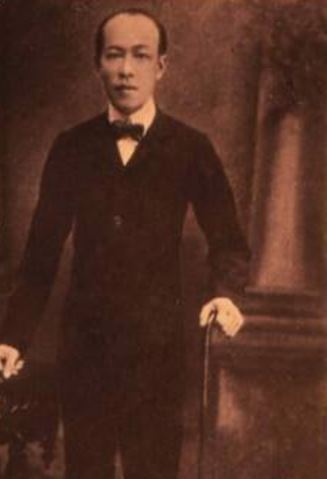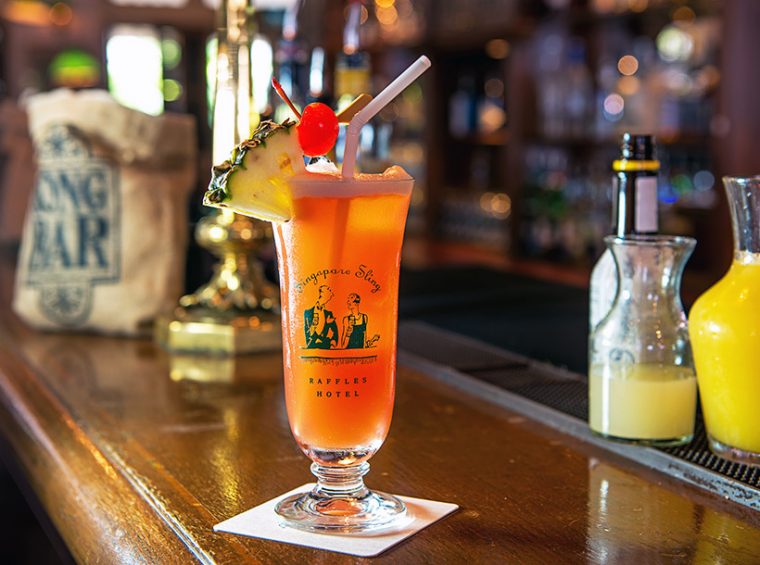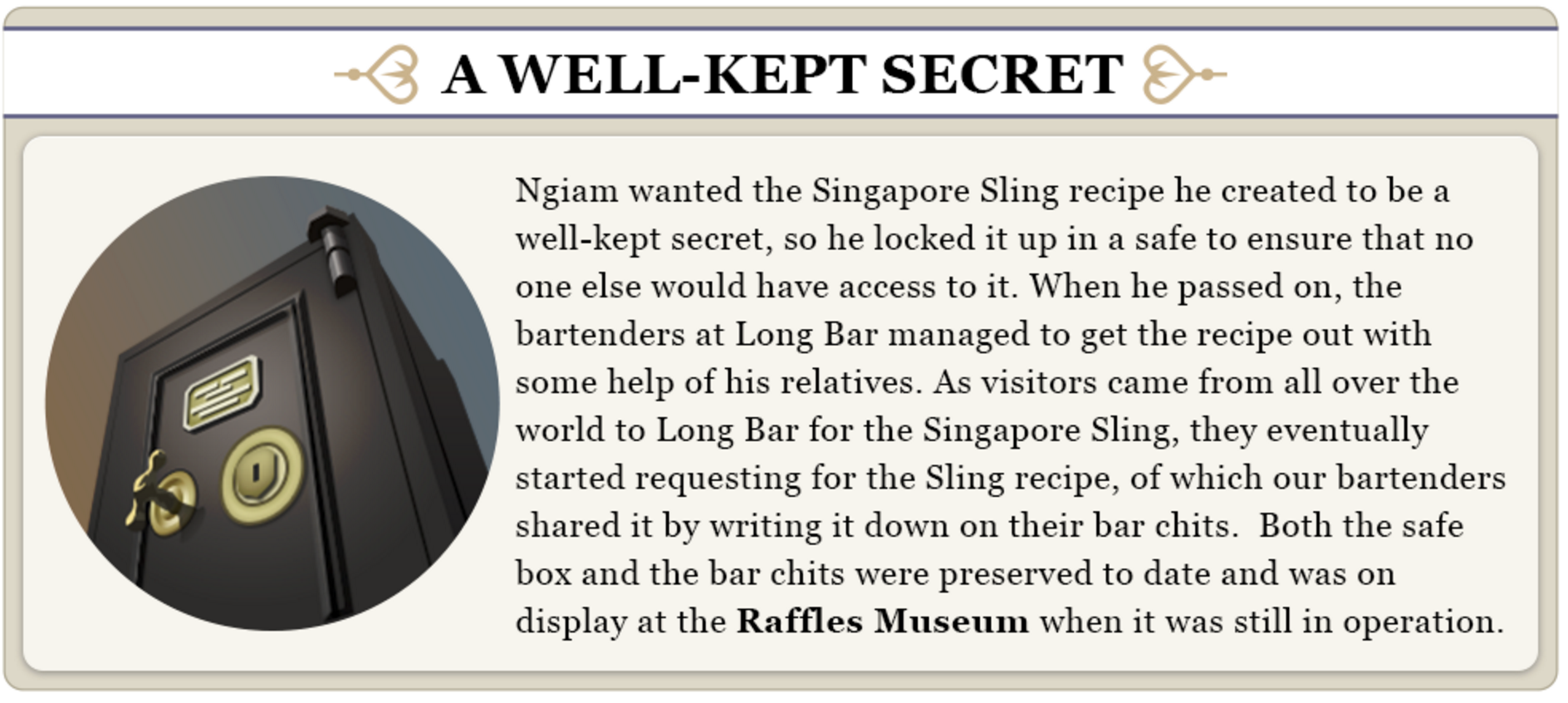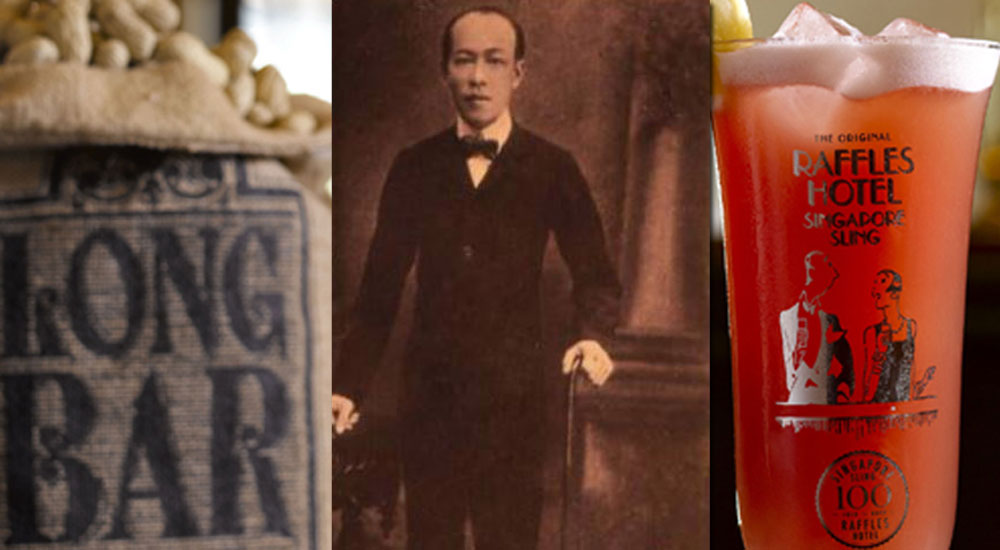Imagine being credited for something you didn't necessarily do. That's the life story of Ngiam Tong Boon for you.
Singapore Sling invented in Raffles Hotel
The Singapore Sling is a pink, gin-based cocktail that is well-known by many all over the world. According to Raffles Hotel, it was invented by bartender Ngiam at the hotel's Long Bar in 1915.
Unfortunately, history is never straightforward and the origin stories are fraught with discrepancies.
Here are some of the different accounts and claims surrounding the history of the drink:
The year of invention: 1915?
According to Raffles Hotel, the Singapore Sling was invented in 1915 at the hotel bar.
 Screenshot of Ngiam Tong Boon from Raffles Hotel Facebook
Screenshot of Ngiam Tong Boon from Raffles Hotel Facebook
Their resident historian, Leslie Danker, claims that the hotel conducted extensive research into the origins of the Singapore Sling:
"They went through all the hotel records they could locate and found no mention of the Singapore Sling prior to 1915. It was therefore estimated that the cocktail was created in 1915."
Extensive research disputed
However, in an account by Arthur Ngiam, the grandson of Ngiam Tong Boon, he claims that his grandfather mostly likely died in Hainan in 1915.
If this is true, it means that Ngiam Tong Boon invented a cocktail, made it famous during that time, and then travelled over 2,000km to Hainan by boat -- all in one year.
This short time frame is problematic -- but not the most problematic of this story's history.
Singapore Sling made in 1903?
If not 1915, then when? Cocktail historian David Wondrich found comments on "pink slings for pale people" in 1903, suggesting that pink gin cocktails existed way before 1915.
How were these pink slings related to the Singapore Sling? Unfortunately, we may never know.
Multiple recipes exist
 Photo from Raffles Hotel
Photo from Raffles Hotel
The current Raffles Hotel original Singapore Sling recipe contains gin, cherry heering, DOM Benedictine, cointreau, bitters, lime juice, pineapple juice and grenadine.
But this is just one version.
There are multiple accounts of a pink sling in the early twentieth century, each with different ingredients.
Most of the early recipes call for cherry brandy which, by the way, is completely different from cherry heering (used in the current hotel recipe).
Some accounts also call for soda water while others mention juice (the hotel recipe uses pineapple juice).
[related_story]
Soda water + cherry brandy?
Historian David Wondrich tells us that the Singapore Sling might have been a gin sling (gin, soda water and lemon juice) with some extra stuff, meaning there was no juice at all:
"A study of the standard drinks books from the 1920s and ’30s is, let’s say, inconclusive. Many say the only additional ingredient was cherry brandy. Others say it was cherry brandy and Bénédictine. Or “dry” cherry brandy, Bénédictine and bitters."
Juice + cherry brandy?
In another account, juice was present, but not pineapple juice.
In Robert Vermeire's book called Cocktails and how to mix them (1922), he wrote about a "Straits Sling" that was well-known in Singapore.
This pink cocktail contained gin, benedictine, orange and lemon juice, cherry brandy and bitters.
How does one reconcile all these disparate accounts?
- Were they completely different drinks from the Singapore Sling? Or were they variations?
- If they were variations, what did the original recipe contain? Cherry brandy or cherry heering? Juice (pineapple? orange?) or soda water?
The mystery of the safe
Raffles Hotel also claims that "ever since the Singapore Sling was created in 1915, the recipe has remained the same".
They also claim the original recipe was preserved in a safe.
In their account, bartenders at Long Bar managed to retrieve the recipe after Ngiam passed on, and then they shared the recipe with others by writing it down on bar chits.
This is a screenshot of the infographic:
 Screenshot from Raffles Hotel
Screenshot from Raffles Hotel
However, the story gets more convoluted when we consider the account of Arthur Ngiam's mother.
According to her, Ngiam Tong Boon did indeed have a safe. However, when the family acquired it, it was open and empty except for a piece of paper with Ngiam Tong Boon's name written on it in Chinese.
"Nobody knew where the recipe was. There could have been gold in the safe, too. We just don't know."
If Ngiam did indeed record his recipe, there was no mention of how it was kept or shared.
Here are some equally interesting but totally unrelated stories:
6 life hacks you never knew could save you tons of water
Who looks after our ailing seniors outside of general hospitals?
Top image via Raffles Hotel
If you like what you read, follow us on Facebook, Instagram, Twitter and Telegram to get the latest updates.

